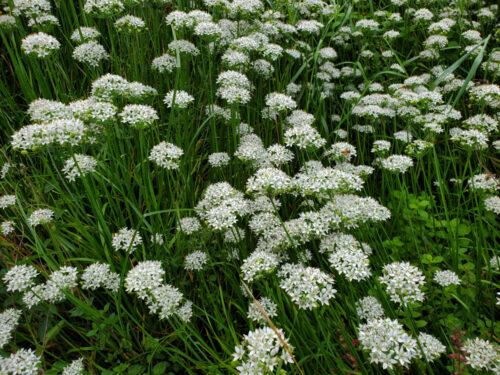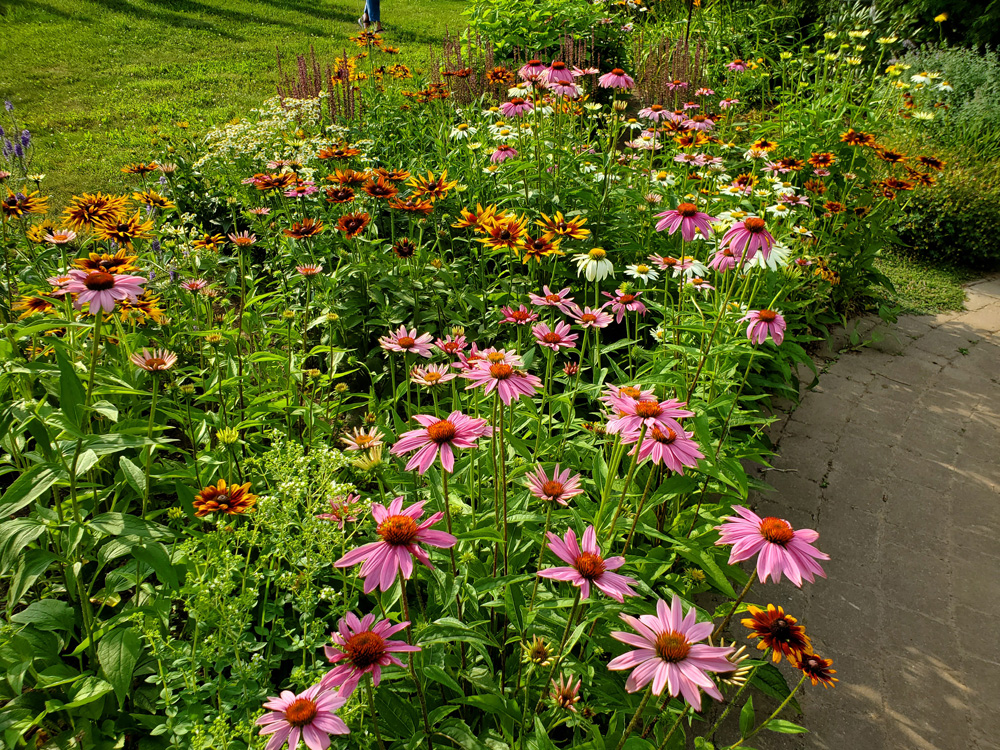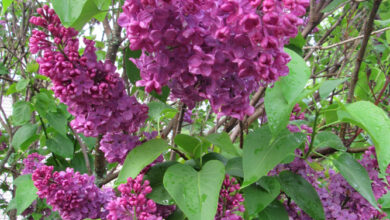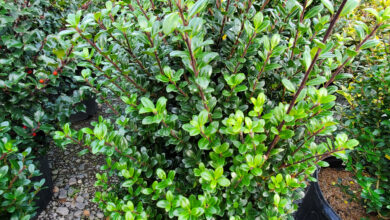Using herbs in floral bouquets

Happy Mother’s Day! Hopefully flowers will play a part in this day if you are a mom. Perhaps you are receiving beautiful annuals or perennials to brighten your garden this growing season, or maybe you have a colorful bouquet of flowers to enjoy inside. If you are making bouquets this Mother’s Day, or any day, herbs make a lovely addition, especially if you grow cut flowers in your garden.
Growing flowers and herbs for cutting and arranging can be enjoyable for the entire family and can provide welcome gifts during the growing season and beyond. Adding herbs to you bouquets adds a fresh, personal touch and can provide added scents to your arrangements.
Like flowers, herbs also have symbolism attached to them, allowing you to add a sentiment to your bouquet. Lavender represents luck and devotion and was often carried by brides in Victorian times. Rosemary symbolizes remembrance and sage represents a long life. Mint adds freshness and scent that can have a calming effect.
At first, I wasn’t certain about adding herbs to bouquets. I was worried that they would not last. As long as I follow these tips, I have had very good luck with adding both foliage and flowers from herbs to bouquets throughout the growing season.
According to Illinois Extension, cut stems with sharp clippers. Make sure your clippers are sanitized and sharp for the cleanest cut. Harvest in the early morning just as the dew has evaporated, but before the sun can dissipate herbal oils. This is a very important tip. Herbs do not condition well when harvested during the heat of the day. They will wilt very quickly once cut.
Remove leaves that are near the bottom of the stem. You do not want leaves below the water level of your bouquet. Plunge your cut herbs immediately into a clean bucket of fresh water. I have had fresh cut herbs wilt after just carrying them several feet to a water bucket, keep your bucket next to you and place the stems in water as soon as they are cut. Make sure you have cleaned your buckets between uses.
Let your flowers and herbs hydrate before arranging. This is called conditioning and is very important. Particularly if you are making your arrangement with a floral oasis, the plant material needs time to soak up water for longer vase life. This step is also important as it allows you to see which stems have conditioned well and are ready for the vase, and which stems may need to be removed because they are wilting. Condition stems in their buckets in a cool place away from the sun.
Let your herbs and flowers condition for at least a couple of hours in a cool, dark place. When you create your arrangement, re-cut the stems at a 45-degree angle and remove any leaves that will now be below the water line or in the oasis in the vase or container. Again, make sure your vases and floral clippers are clean. It is a good idea to sanitize them with a bleach and water mixture between uses.
You can try many different herbs for floral arrangements. They make great filler or accent stems for your bouquets as well as making them aromatic. You can even make a bouquet with edible flowers and herbs as a gift. Just make sure your stems have not been treated with any pesticides or herbicides.
Illinois Extension notes that these herbs hold up especially well in bouquets: basil, dill, rosemary, lavender, mint, sage, and artemisia.





